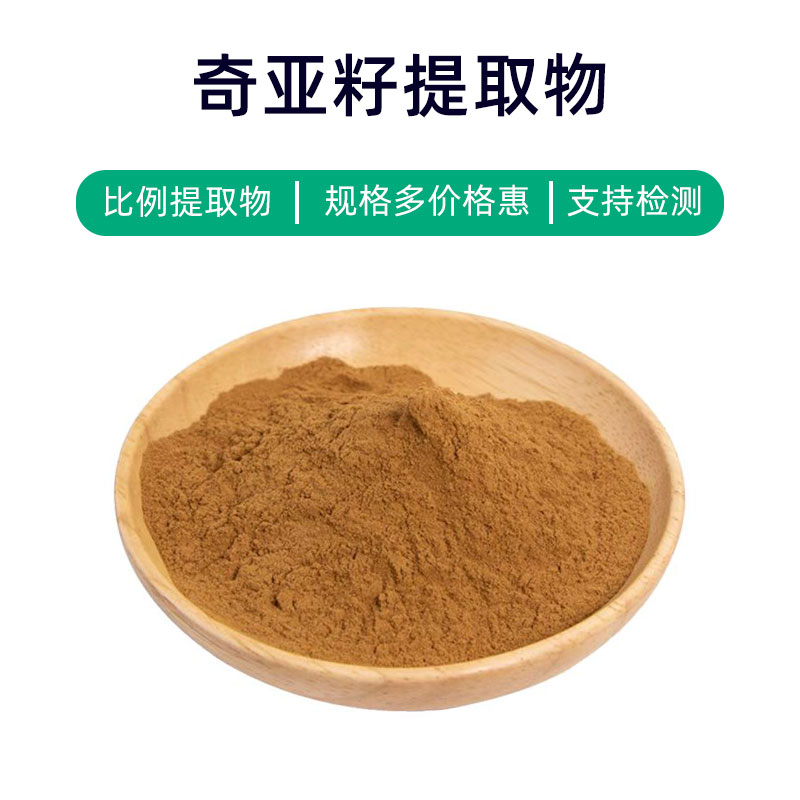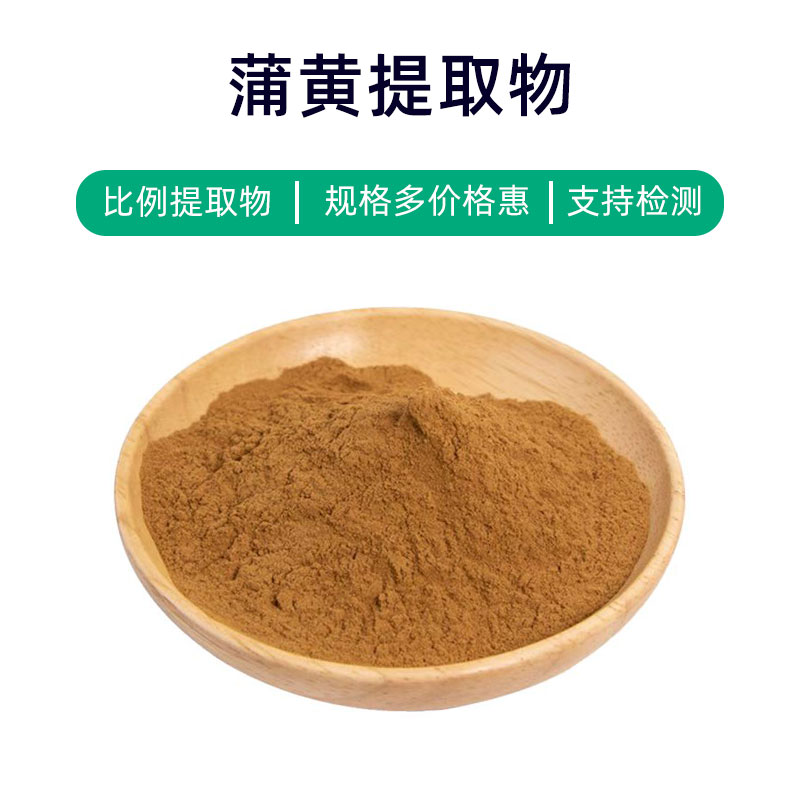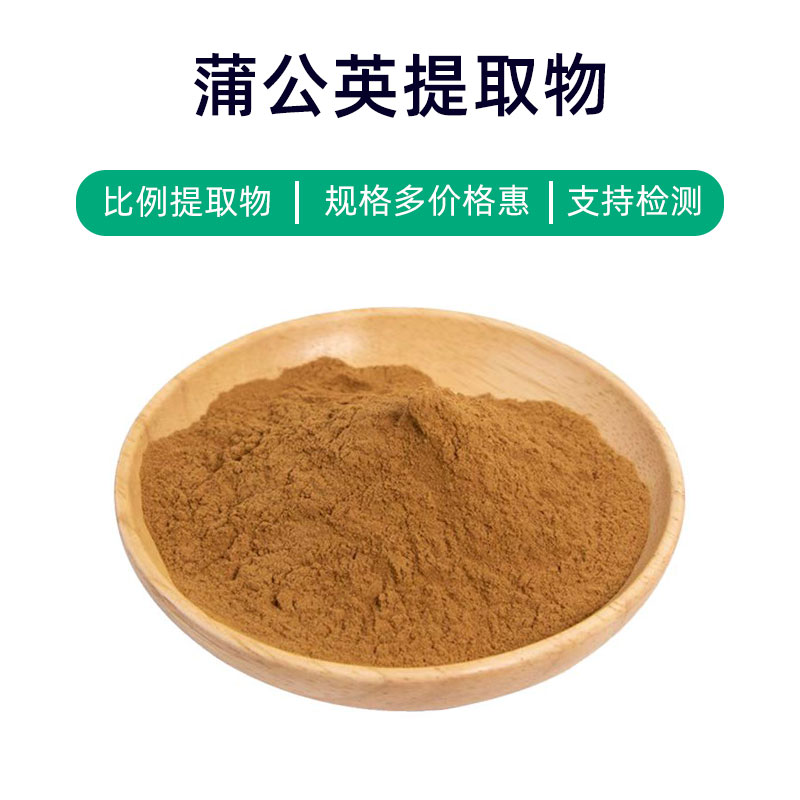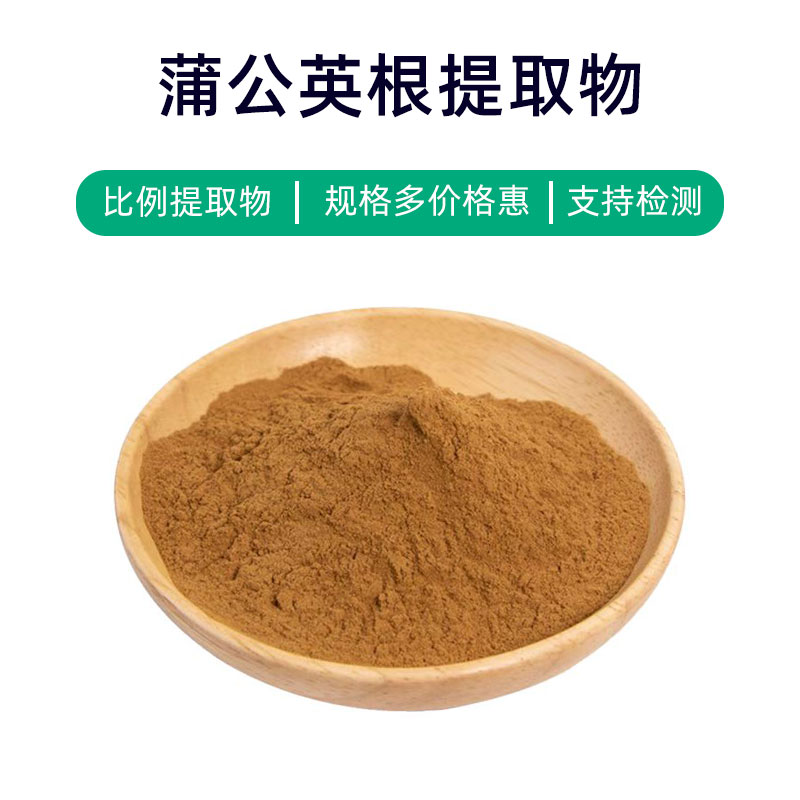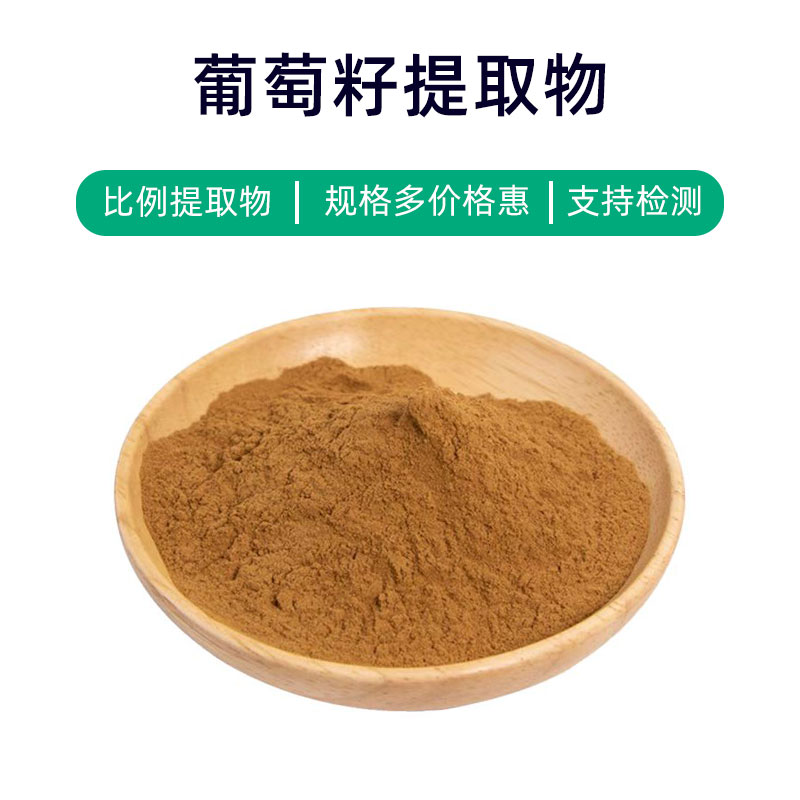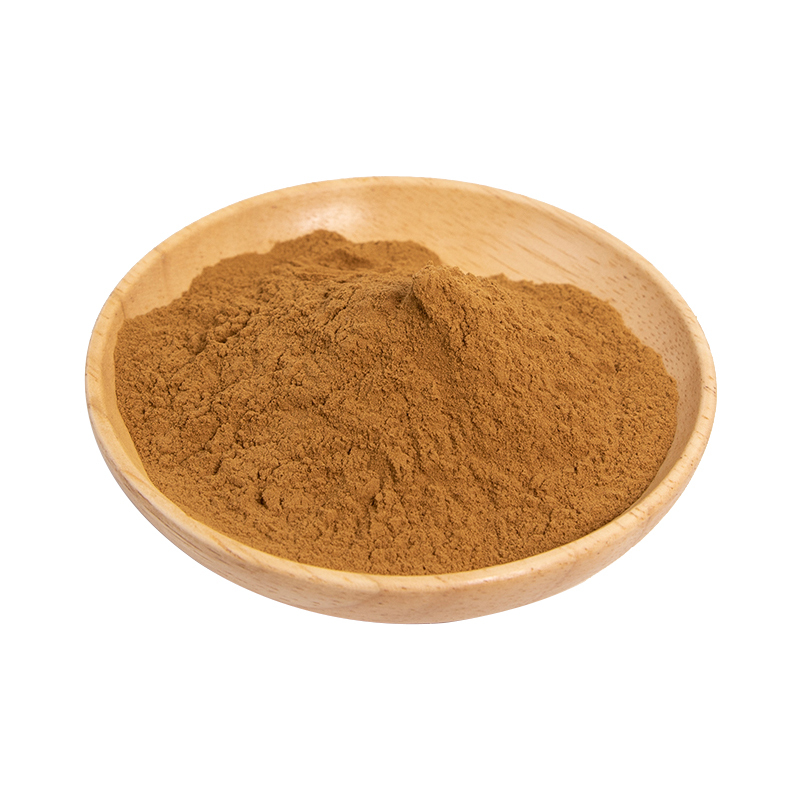Sprouted Grain Extract Product Introduction
Sprouted Grain Extract is a natural nutrient derived from the sprouted parts of grains like wheat, barley, and oats. It contains a wealth of vitamins, minerals, proteins, and other active components. The extract boasts multiple benefits, including providing abundant nutrients, boosting immunity, enhancing metabolism, improving gut health, and possessing antioxidant and anti-inflammatory properties. It finds broad applications in health supplements, functional foods, pharmaceuticals, and cosmetics. Sprouted Grain Extract can serve as a key ingredient in health supplements, used to create various nutritional products such as vitamin tablets and protein powders. In functional foods, it is often utilized in grain beverages and energy bars to enhance nutritional value. In pharmaceuticals, it is regularly employed to prepare oral liquids or capsules for nutritional supplementation and to regulate bodily functions. Moreover, it is extensively used in cosmetics as an active ingredient in skincare products such as moisturizers and masks, offering hydration, nourishment, and anti-aging effects.
Sprouted Grain Extract Production Process
The production process of Sprouted Grain Extract generally involves the following key steps:
- Raw Material Preparation: Select premium grain seeds, such as wheat, barley, or oats, and process them through screening and cleaning to ensure quality.
- Sprouting Treatment: The cleaned grain seeds undergo sprouting under controlled conditions of temperature, humidity, and ventilation to promote germination while retaining nutrient integrity.
- Drying: After sprouting, the grains must be dried to manage moisture content and prevent mold growth. Drying temperature and time are strictly controlled to avoid nutrient loss.
- Grinding: The dried sprouted grains are ground into a powder, keeping temperatures low during grinding to prevent damage to active components.
- Extraction: The ground grain powder is then extracted, commonly using methods such as water extraction, alcohol extraction, or supercritical fluid extraction. Suitable solvents and extraction conditions are employed to preserve nutrients and active substances.
- Concentration: The liquid obtained from extraction undergoes concentration to remove excess moisture, resulting in a concentrated solution of Sprouted Grain Extract.
- Filtration and Purification: The concentrated solution is filtered and refined to remove impurities and contaminants, ensuring product purity and quality.
- Drying and Packaging: Finally, the refined Sprouted Grain Extract solution is dried into powder and packaged securely to ensure stability and long-term storage.
Each step in the production process of Sprouted Grain Extract must be rigorously controlled and executed to guarantee quality and safety.
Benefits and Side Effects of Sprouted Grain Extract
Sprouted Grain Extract, derived from the sprouted parts of grains, boasts multiple benefits, including:
- Rich Nutrition: Sprouted grains are packed with protein, vitamins, minerals, and dietary fiber, aiding in the supplementation of essential nutrients and enhancing the immune system.
- Antioxidant Effects: The extract contains abundant antioxidants, such as vitamins C and E, and polyphenols, which can eliminate free radicals in the body, slow down cellular aging, and protect against oxidative damage.
- Blood Sugar Regulation: Research indicates that certain active components in Sprouted Grain Extract can help lower blood sugar levels and improve glycemic control in diabetic patients.
- Digestive Support: Rich in dietary fiber, Sprouted Grain Extract promotes intestinal motility, increases bowel movement frequency, and may prevent constipation and digestive disorders.
- Anti-inflammatory Properties: Some components of the extract possess anti-inflammatory effects, alleviating symptoms of inflammatory diseases like arthritis and inflammatory bowel disease.
- Beauty and Wellness: With its rich vitamins and antioxidants, Sprouted Grain Extract offers anti-aging, whitening, and moisturizing benefits, making it ideal for skincare formulations.
- Immune Support: Nutrients in the extract bolster immune functions, enhancing resistance and helping to prevent illnesses like colds and flu.
- Blood Lipid Regulation: Some studies have shown that the extract can lower cholesterol and triglyceride levels in the blood, helping to prevent cardiovascular diseases.
Despite its numerous benefits, care should be taken regarding individual differences and dosage. Long-term high-dose intake may lead to adverse effects such as digestive issues or allergies. Therefore, it's wise to consult a doctor or professional before using Sprouted Grain Extract and to adhere to recommended usage and dosage guidelines.
Applications and Dosage of Sprouted Grain Extract
Sprouted Grain Extract finds extensive applications in pharmaceuticals, food, and cosmetics, as detailed below:
- Pharmaceutical Applications:
- Health Supplements: Commonly used in vitamins and nutritional supplements, it enhances immunity and helps address malnutrition.
- Pharmaceutical Excipients: Serves as a natural excipient for creating tablets and capsules intended for chronic disease treatment or as adjunct therapies.
- Skincare Products: Known for its antioxidant and anti-inflammatory properties, it is used in formulations like anti-aging creams and soothing lotions, promoting healthy skin.
- Food Applications:
- Nutritional Health Foods: Can be added to various health food products, such as cereals and energy bars, to increase their nutritional content and value.
- Functional Foods: Rich in protein and vitamins, it is used to create functional foods like protein powders and nutritional beverages, helping to meet specific dietary needs.
- Cosmetics Applications:
- Anti-Aging Products: With its antioxidant and anti-inflammatory effects, it is formulated into anti-aging cosmetics, aiding in slowing the skin aging process.
- Whitening Products: Components like vitamin C found in the extract are effective in whitening cosmetics, helping to reduce spots and brighten skin tone.
Dosage Guidelines:
- For health supplements and nutritional products, generally follow product instructions or professional recommendations, usually taken 1-3 times daily, with 1-3 tablets each time, or as specified.
- For pharmaceutical excipients, incorporate according to manufacturing requirements.
- In cosmetics, use as directed by product guidelines or beauty experts, typically applying to clean skin with gentle massage until absorbed; the amount varies by product, generally applied as needed to the face or specific areas.
Introduction to Plants Source of Sprouted Grain Extract, Distribution, and Growing Environment
The source plants for Sprouted Grain Extract belong to the Poaceae family, specifically the Avena genus. These plants are widely distributed globally and are among important economic crops, including species such as Common Oats (Avena sativa), Wild Oats (Avena fatua), and Giant Oats (Avena magna). Below is an overview of the distribution and growing environment of Avena plants:
- Distribution:
- Common Oats (Avena sativa): One of the main species, originally from Europe, now widely grown worldwide, particularly in North America, Asia, and Australia, especially in temperate and cold regions.
- Wild Oats (Avena fatua): Commonly found across Eurasia, Africa, and Australia, it is a prevalent weed species.
- Giant Oats (Avena magna): Primarily distributed in North America, particularly in the western U.S., with occurrences also in Europe.
- Growing Environment:
- Common Oats: Prefers mild and humid climates with good cold tolerance. Ideal growth temperature is 10-20°C, requiring ample sunlight and moderate rainfall. While it does not have strict soil requirements, sandy loam is preferred.
- Wild Oats: Often grows in wilds, wastelands, and along roadsides. It is quite adaptable with a long growing season and good drought resistance.
- Giant Oats: Grows mainly in the arid regions of western U.S., tolerating drought and high temperatures, with a shorter growing season.
Overall, Avena plants have certain growth abilities under various environmental conditions, although the best growth occurs in temperate, humid climates with fertile soil. Their seeds are commonly consumed by humans or used as animal feed, and they hold significant application value in pharmaceuticals, food, and cosmetics.
Processing and Storage of Sprouted Grain Extract
The processing of Sprouted Grain Extract typically involves the following steps: first, freshly sprouted grains are harvested, washed, and impurities removed. Then the grains are ground or chopped and extracted using appropriate solvents to obtain the extract. This is followed by further processing and purification through concentration, filtration, and freeze-drying. Finally, the extract is packaged and stored based on needs.
For storage, Sprouted Grain Extract should be kept in a cool, dry, and ventilated environment, shielded from direct sunlight and high temperatures. The extract must be stored in sealed containers to prevent moisture absorption or oxidation. Additionally, regular quality checks are advisable to ensure stable product integrity.
Monica Sun is a seasoned expert in the plant extraction industry with over a decade of experience in research and production. She specializes in the extraction and purification of plant active ingredients, focusing on driving innovation in natural product applications. Monica has participated in the development of multiple functional plant extracts, delivering high-value natural raw material solutions for the health food, pharmaceutical, and dietary supplement sectors.









